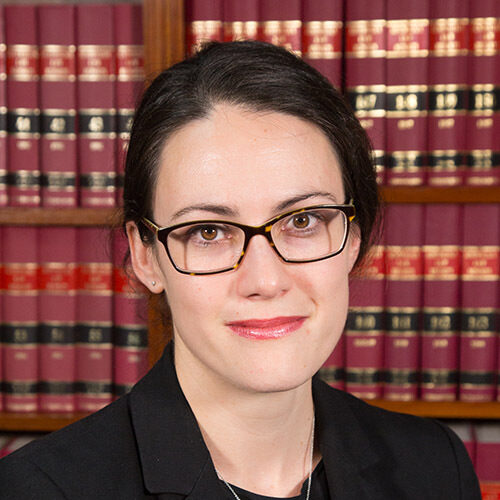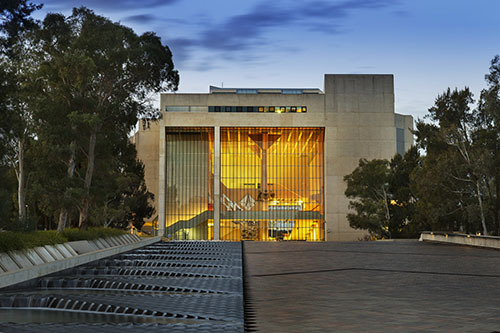- Winter 2024
- Proof of charged acts for tendency purposes

Director of Public Prosecutions v Benjamin Roder (a pseudonym) [2024] HCA 15
In Director of Public Prosecutions v Benjamin Roder (a pseudonym) [2024] HCA 15 (‘Roder’), the High Court considered whether charged acts must be proved beyond reasonable doubt before those acts could be relied on for tendency purposes. In a unanimous decision, the court held that proof beyond reasonable doubt is not required.
Background
The respondent was charged in Victoria with 27 sexual offences against two children of his former partner. The applicant relied on the incidents, the subject of those charges, as proof that the respondent had a tendency to have an improper sexual interest in the children and a willingness to act on it.
Section 61 of the Jury Directions Act 2015 (Vic) (‘Jury Directions Act’) applied. It provides that the only matters that the trial judge may direct the jury must be proved beyond reasonable doubt are the elements of the offence and the absence of any relevant defence: at [14].
The trial judge ruled that the jury must find the charged acts to be proved beyond reasonable doubt to use them for tendency purposes. This ruling was upheld by the Victorian Court of Appeal.

Decision
The High Court held unanimously that the effect of the Jury Directions Act is that only the elements of an offence (and disproof of any defence) must be proved beyond reasonable doubt – and not some piece of evidence or intermediate fact, such as an asserted tendency: at [17].
There is no equivalent to s 61 of the Jury Directions Act in New South Wales. However, the court also addressed a second broader ground of appeal that, notwithstanding the Jury Directions Act, it would be erroneous for a trial judge to direct that charged acts must be proved beyond reasonable doubt before those acts could be relied on for tendency purposes. The High Court held that unless the tendency is an ‘intermediate fact’ which is ‘indispensable’ to proof of guilt, it need not be proved beyond reasonable doubt: at [24].
The court acknowledged two issues with this approach.
The first potential issue is that the jury would be directed to apply a lesser standard to find that the charged acts occurred for the purpose of determining whether the tendency was established, and then directed to determine whether each charge was proved beyond reasonable doubt. However, in accordance with JS v The Queen [2022] NSWCCA 145, the court held that the potential for such directions to undermine the standard of proof for each charge could be addressed by the careful formulation of directions (at [26]), including by avoiding giving a tendency direction that invited the jury to make findings as to the conduct relied on in proof of the charge: at [27].
The second potential issue is that the jury may engage in circular reasoning, using proof of a charged act to determine that the tendency was established and then relying on that tendency to determine proof of the same charged act beyond reasonable doubt. However, the court did not accept that such reasoning was circular or incoherent but that it simply required the jury to consider the same evidence ‘at different stages of its deliberations with a different onus of proof and for a different purpose’: at [27]. Further, the court observed that it would make the jury’s task vastly more difficult and complex to require the jury, when considering an accused’s guilt for each charge, not to use the direct evidence of the corresponding charged act as part of the body of evidence relied on to support the alleged tendency: at [33]–[34].
The court endorsed a tendency direction by trial judges that simply indicates the evidence relied on to support the alleged tendency, directs the jury to consider whether they are satisfied of that tendency, and then advises the jury that, if they are so satisfied, they can use that tendency in considering whether it is more likely that the accused committed the specific offences that are charged: at [37].
